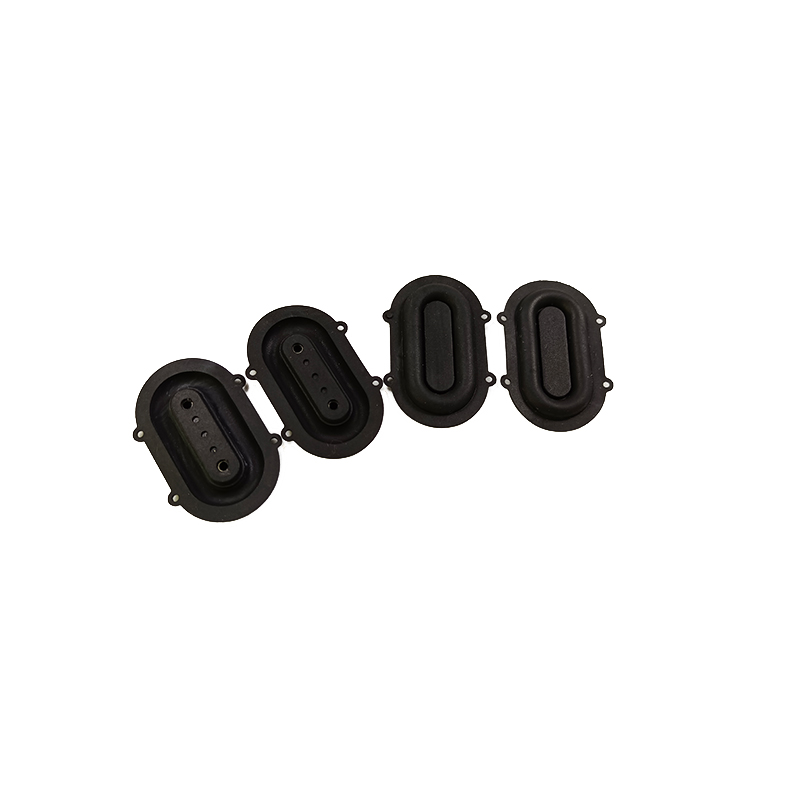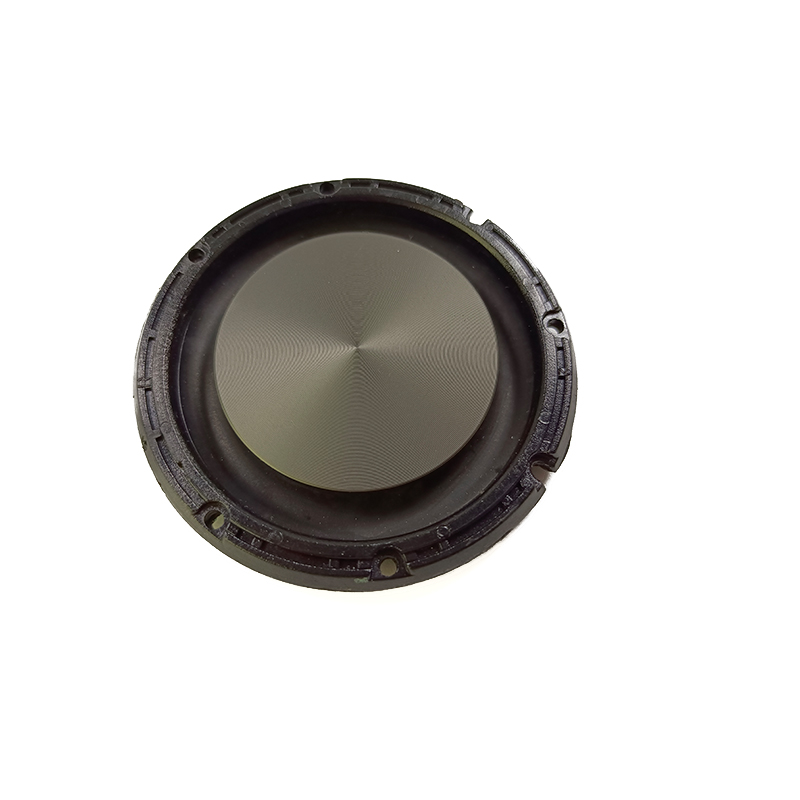

This Article will let you know what is passive radiator
Passive radiator is an audio system that uses a "passive radiator" usually consists of an active speaker unit and a passive unit (passive radiator). A passive unit is usually similar in appearance to an active speaker unit, but does not have a voice coil or drive magnet.
Passive radiators are often regarded by uninformed users as the products of audio manufacturers who cut corners. It looks the same as a regular bass unit; But inside, the structure is quite different. There aren't any leads attached to it, and there aren't the usual driving magnets on the back. Some manufacturers and salespeople even describe it as a "large bass on a speaker" or a "double bass." But in reality, it doesn't produce a stronger bass.
So why do we use passive radiators? What is it? What are the advantages of having it on a speaker?
We may compare a passive radiator to a "weight" added to a "spring." The spring "consists of diaphragm rings at the edge of the paper basin and enclosed air in the box." "Weight" is made up of paper basin and counterweight. The counterweight is an important part in the design of passive radiator, which is directly related to the final sound effect.
Passive radiator can generate resonance by changing the counterweight, similar to a tuning fork. However, unlike tuning forks, the vibration of passive radiators does not decay rapidly within a certain range away from the resonant frequency. Passive radiators typically decay at a rate of 18db per octave. Although the curve looks steep, it still provides a useful half-eighth tone for the speaker. This allows it to be designed to resonate at depths beyond the reach of the speaker's woofer, without significant "disconnect" between the sound frequency of the woofer and that of the passive radiator, resulting in a smooth audio curve from high to low.
Generally speaking, passive radiators vibrate like levers: when the woofer's paper basin moves outward, its paper basin moves inward; Or when the woofer's paper basin moves inward, its paper basin moves outward. But that is not the case. The basso basin and the passive radiator basin can either move inward or outward at the same time (this is called "in phase"), or a combination of opposite movements (" out of phase "- the most extreme example is" out of phase 180 degrees ", as mentioned earlier with the lever). In theory, for the two sounds to add up, they should move in strict phase. However, due to physical limitations, in most cases there is a little dissimilar motion in such resonance systems.
One of the great advantages of sound systems equipped with passive radiators is that they can shift the burden of producing bass from the smaller size of the woofer to the larger size of the passive radiator (the woofer needs the maximum amount of air push at the point "-3dB" to produce the same loudness in the frequency range). At this point, the passive radiator can carry out more linear vibration (the reciprocating movement of the paper basin inside and outside). Another obvious advantage is that the low frequency response point extends much lower. In addition, the smaller size of the bass unit can be used in the design, so that the bass and mid-frequency response can be more accurate, better separation.
JWTRUBBER has been specialized in customing passive raditors since 2007. To see our passive radiator product page, you will found our great capability. Just rest assured to send us the 3D drawings at admin@jwtrubber.com for a competitive quote, thanks.
Post time: Nov-01-2021
